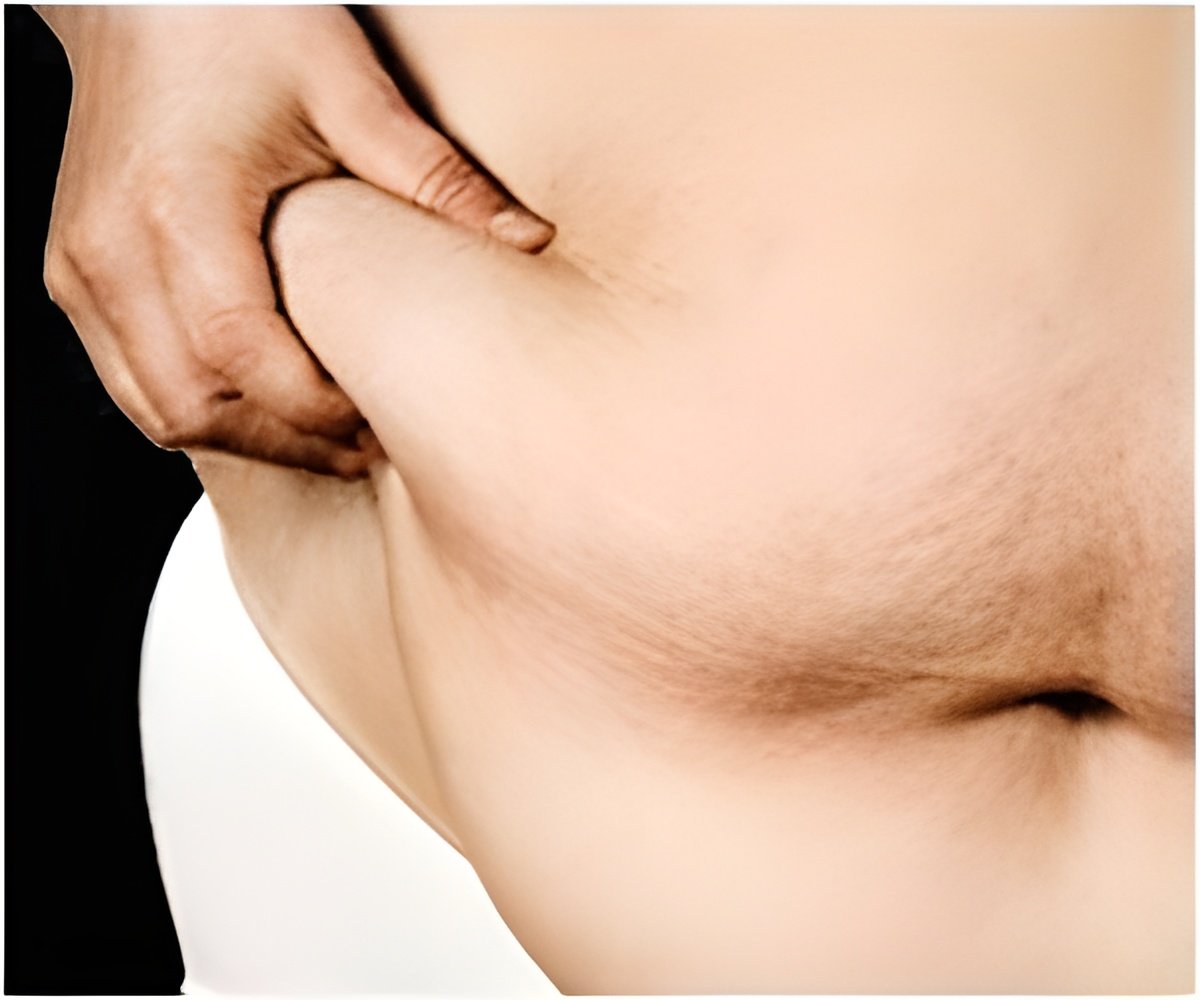Researchers have found that inserting an appetite-suppressing balloon or another implant in the stomach could be an effective treatment for obesity without surgery.

‘A dye-infused nonsurgical implant that works on exposing laser light lowers hunger hormone levels and thereby reduces weight gain in obesity.’





In this search, researchers have found Implants can be inserted into the stomach through the mouth after local anesthesia.In 2019, researchers designed a new type of implant called the “intragastric satiety-inducing device” (ISD). It consists of a stent, which lodges in the lower esophagus and is attached to a disk that rests in the opening to the stomach. The disk has a hole in the center to let food through.
Tests in pigs showed that the ISD lowered food intake and weight gain by enhancing the feeling of fullness and reducing levels of ghrelin, which is produced by cells near the top of the stomach. But the device caused complications, including acid reflux and migration into the stomach.
Later, they wanted to find out if they could suppress ghrelin even more by coating the ISD’s disk with a compound that, with a shot of laser light, could kill some of the ghrelin-producing cells. The implant could then be removed to avoid the side effects associated with the initial design.
In the preliminary study, the team coated ISDs with methylene blue, an FDA-approved drug, and then placed them in the stomachs of young pigs. When exposed to laser light, the coating released singlet oxygen, an energized form of oxygen that killed nearby ghrelin-producing cells in the pigs’ stomachs and then rapidly disappeared.
Advertisement
With further development, the simple procedure could become a new type of minimally invasive treatment to help obese patients lose weight.
Advertisement
Source-Medindia















